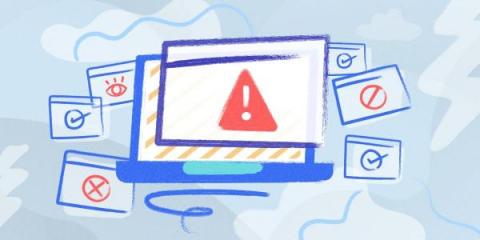ITIL & Risk Management: How Do They Relate?
ITIL and Risk Management are closely related. They're both focused on helping organizations run their IT departments efficiently and, most importantly, safely. But here's the thing. The relationship between the two hasn’t always been clearly defined. That is, until the latest version of ITIL launched in 2019. A new version of ITIL is always exciting in the IT Service Management (ITSM) world, and incorporating knowledge on dedicated Risk Management practices was a very welcomed inclusion.


















